As another year draws to a close it may be useful to review some of your supply chain protocols. A good place to start is a year end freight bill review. Things are a little quieter this time of year and there is plenty of recent data to review. Typically, this is a no cost exercise provided by your 3PL so there is every reason to have the review done. If for no other reason than knowing your fright payment protocols are working.
What is a Freight Invoice Audit?
As a concept, freight invoice auditing is simple to understand. The idea is to make sure you only pay the shipping charges you should, and nothing more. In most cases, software does the hard work. However, some auditing must be done by hand. All this happens once the invoice is received. The carrier only gets paid after it’s determined that the invoice is accurate.
Billing Errors Happen More Than You Think
Shipping charges can make up to 10 percent of a company’s total expenses. It’s not unusual for companies to spend millions or tens of millions of dollars annually to ship their products with trucking companies or parcel carriers like UPS and FedEx. But it’s common for major shipping carriers to overcharge by missing discounts or mis-classification of freight. Pricing in the shipping industry is complex, and in many cases, carriers make mistakes or do not meet service requirements. Billing in today’s logistics environment contains a myriad of charges and discounts, base rates, fuel surcharges and hundreds of accessorial charges. There’s a lot of opportunity for mistakes, and you need to protect yourself. That’s where freight invoice auditing comes in.
At Freight Payment, Inc., a subsidiary of Land Link, freight bill auditing is a big part of our business. Most successful companies know the value associated with utilizing the services of a fully integrated freight bill audit and payment service. More than 80% of well managed companies, with operations in the US currently use and leverage the power of audit and pay solutions. Our solution takes the benefits of standard freight bill audit and payment to an entirely different level.
Free Assessment, call 732-899-4242



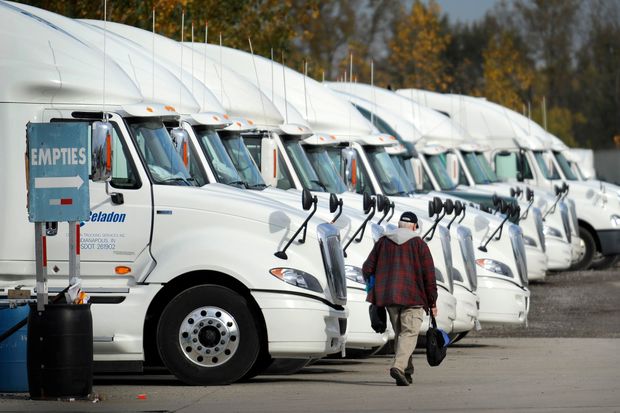


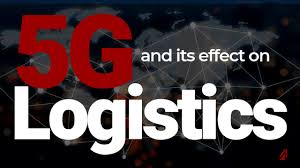
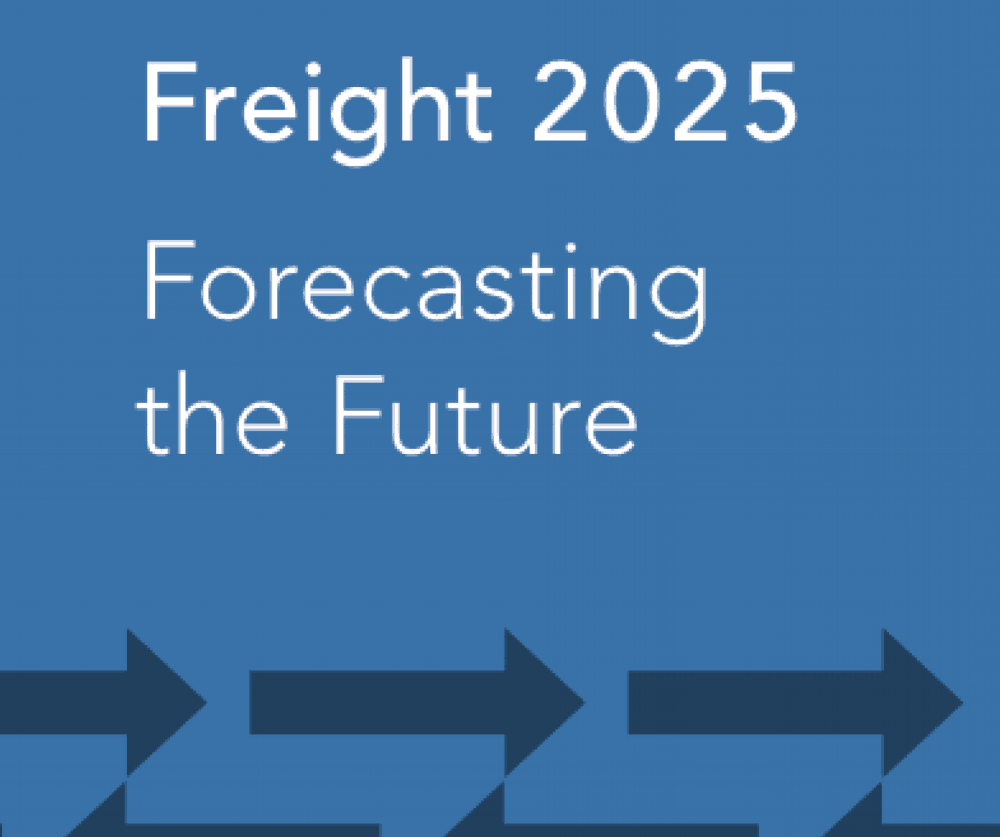
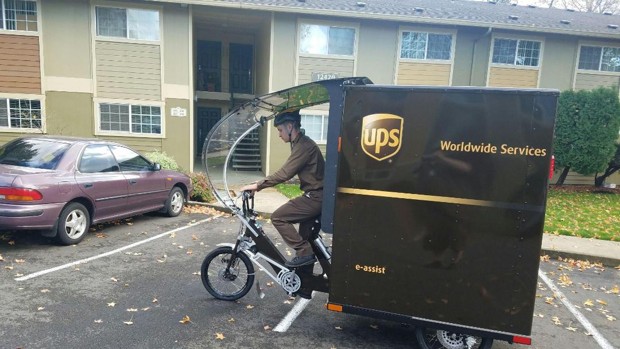
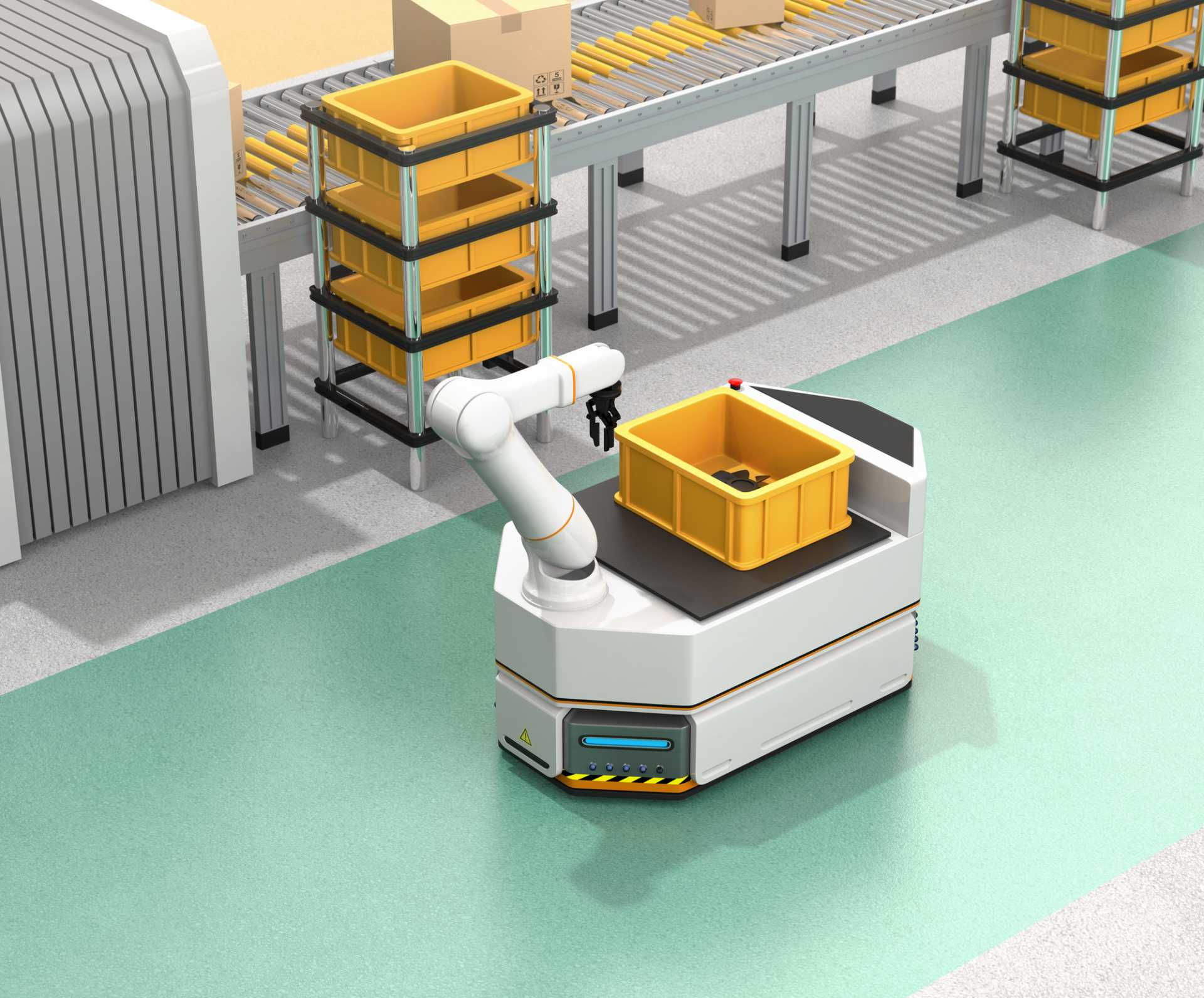
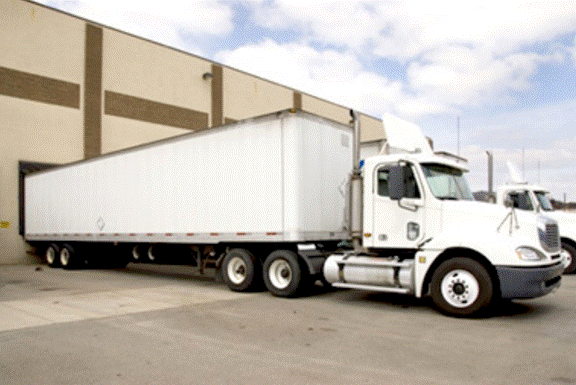

 Land-Link, a well respected professional organization, has been providing its clients with effective transportation and logistics solutions since 1978.
Land-Link, a well respected professional organization, has been providing its clients with effective transportation and logistics solutions since 1978.

